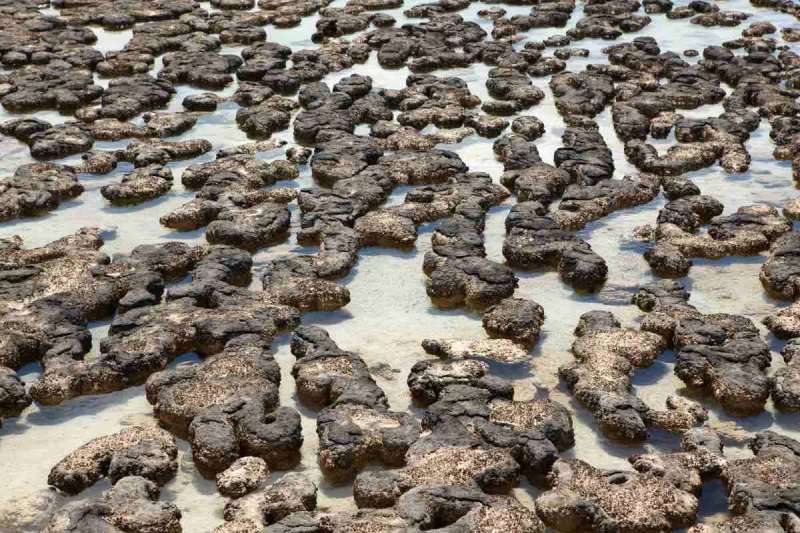Without photosynthesis, the mechanism by which plants and certain other lifeforms transform sunlight into chemical energy, the history of life on Earth could not be completed. The oldest known fossilized photosynthetic systems have now been found, dating back an astounding 1.75 billion years, according to a team of researchers.
The supposed cyanobacteria Navifusa majensis, which is found in northern Australia, is represented by the structures in the microfossils. A class of microbe known as cyanobacteria obtains its energy by oxygenic photosynthesis, which uses sunlight’s energy to transform carbon dioxide and water into glucose and oxygen. Therefore, the ancient bacteria aid in the understanding of the origins of one of the most basic processes of life on Earth. Today, Nature publishes the team’s research.
“This discovery extends the fossil record of such internal membranes by at least 1.2 billion years,” said Emmanuelle Javaux, a biologist at the University of Liège in Belgium and a co-author of the study, in an email to Gizmodo. “The arrangement of these membranes in fossil cells allows their unambiguous identification as cyanobacteria actively performing early oxygenic photosynthesis at the time of death 1.75 billion years ago!”
Put another way, the fossil offers a unique insight into a crucial Earthly event that resulted in the emergence of life as we know it. Bacterial fossils, which provide insight into some of the oldest life on Earth, are abundant in Australia. In fact, stromatolites—layered concretions of extinct microbes—that date back almost 3.5 billion years are the earliest known evidence of life on Earth.
Topics #1.75 Billion Years #Earth #Oxygenic Photosynthesis










